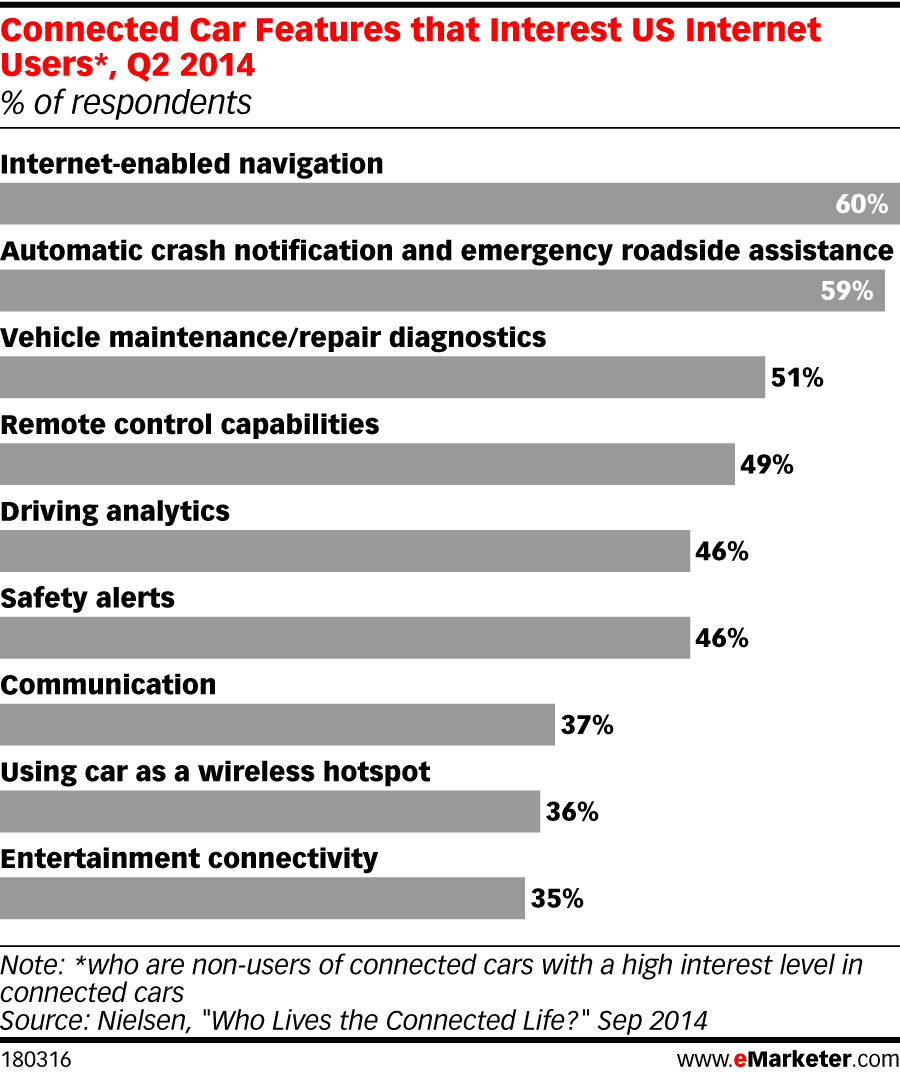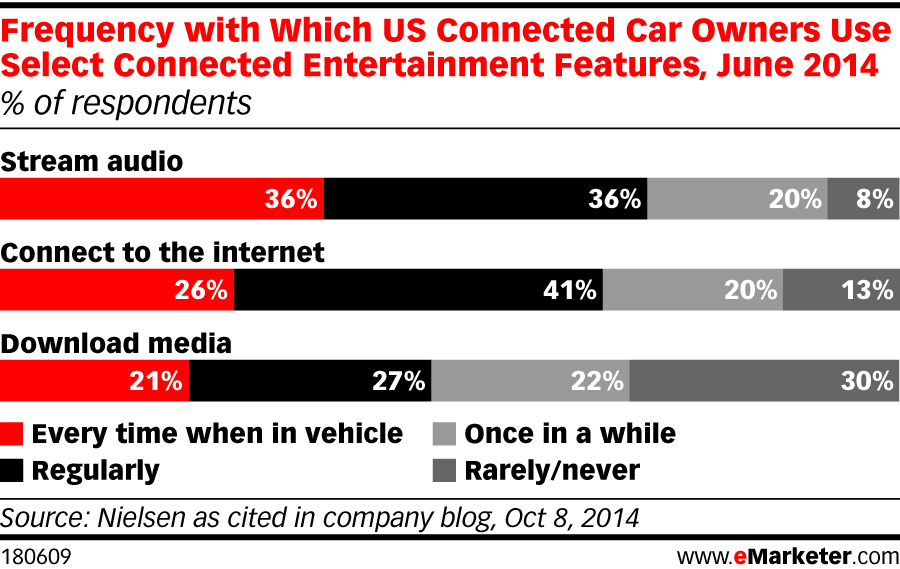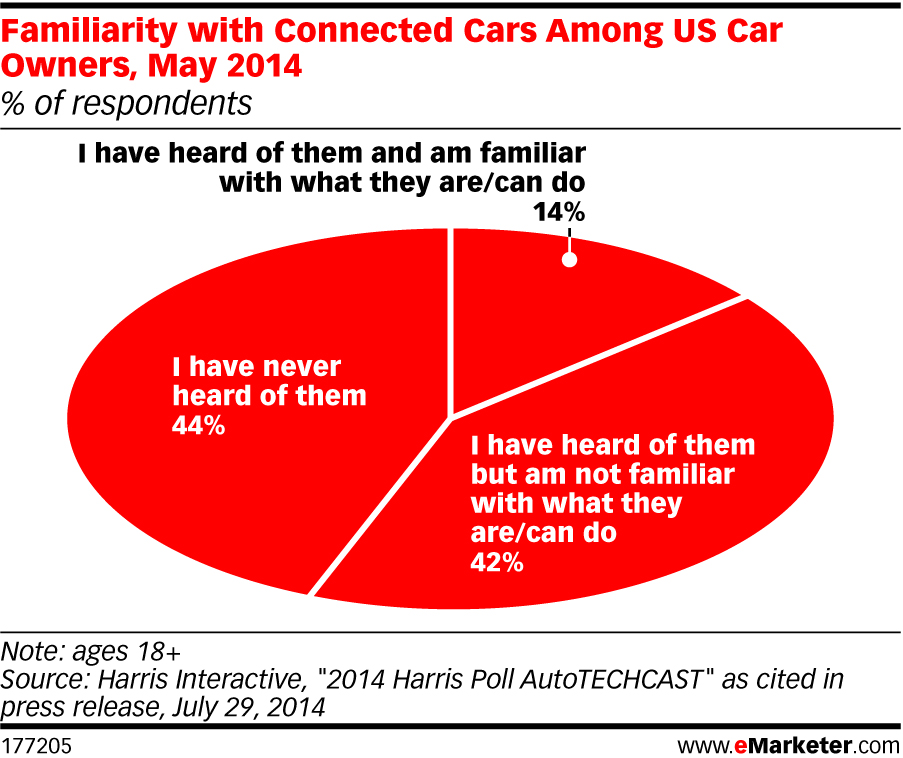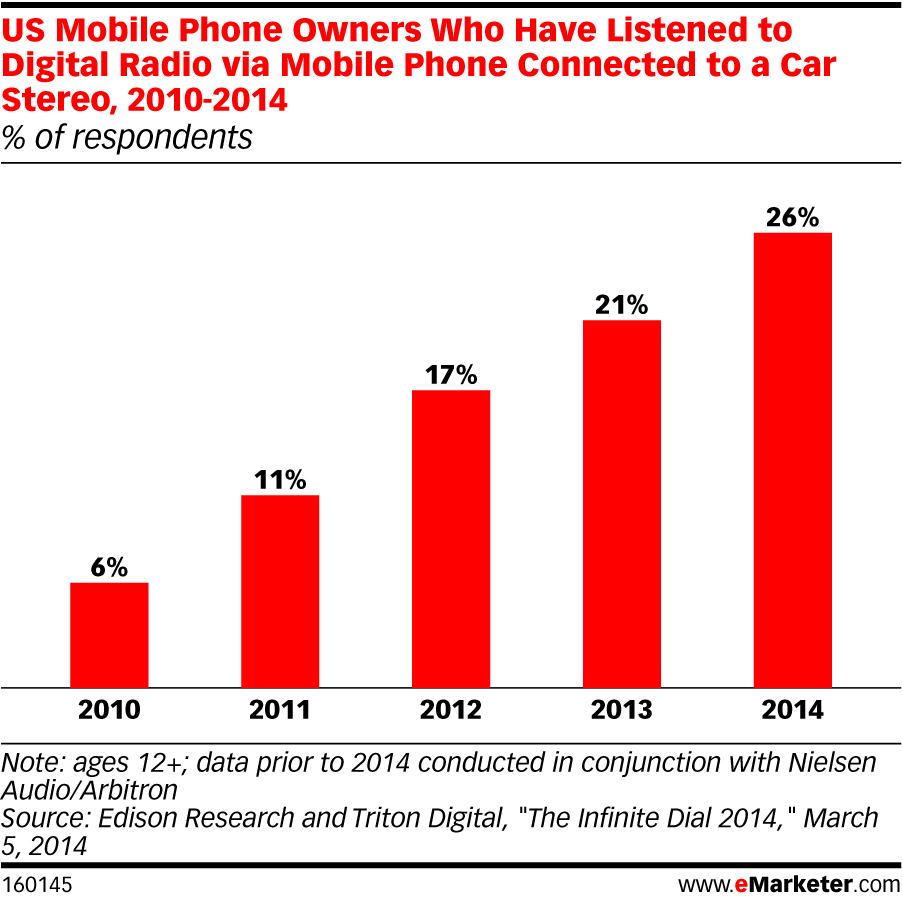One of the biggest stories in media this week has been Taylor Swift abruptly removing all her back catalogue from Spotify, sparking debate on the monetization strategy and shifting audience behavior of today’s music industry. Some artists have voiced their support for Swift’s decision and criticized the unfair compensation granted by streaming services.
Although Swift’s current popularity may let her defy media consumption trends, the move from ownership to subscribed access seems all but inevitable, as Spotify royalties have reportedly overtaken iTunes earnings by 13% in Europe.
Impressive as that sounds, Spotify still got beaten by Pandora in App Annie’s new Music App Index report released today, which ranked the latter as No. 1 among music apps for most downloads and monthly revenue with a reported $100 million in mobile ad revenue for the recent quarter.
Both services, however, might need to watch out for SoundCloud, an up-and-coming challenger who just signed a licensing deal with Warner Music Group. In an effort to alleviate the tension between musicians and digital music services, the deal mandates that Warner artists will get paid when all versions of their music, including the D.J. remixes and fanmade mash-ups, are played on SoundCloud.
All in all, one could say that music streaming services are taking the “breakup” with Taylor Swift pretty well.




